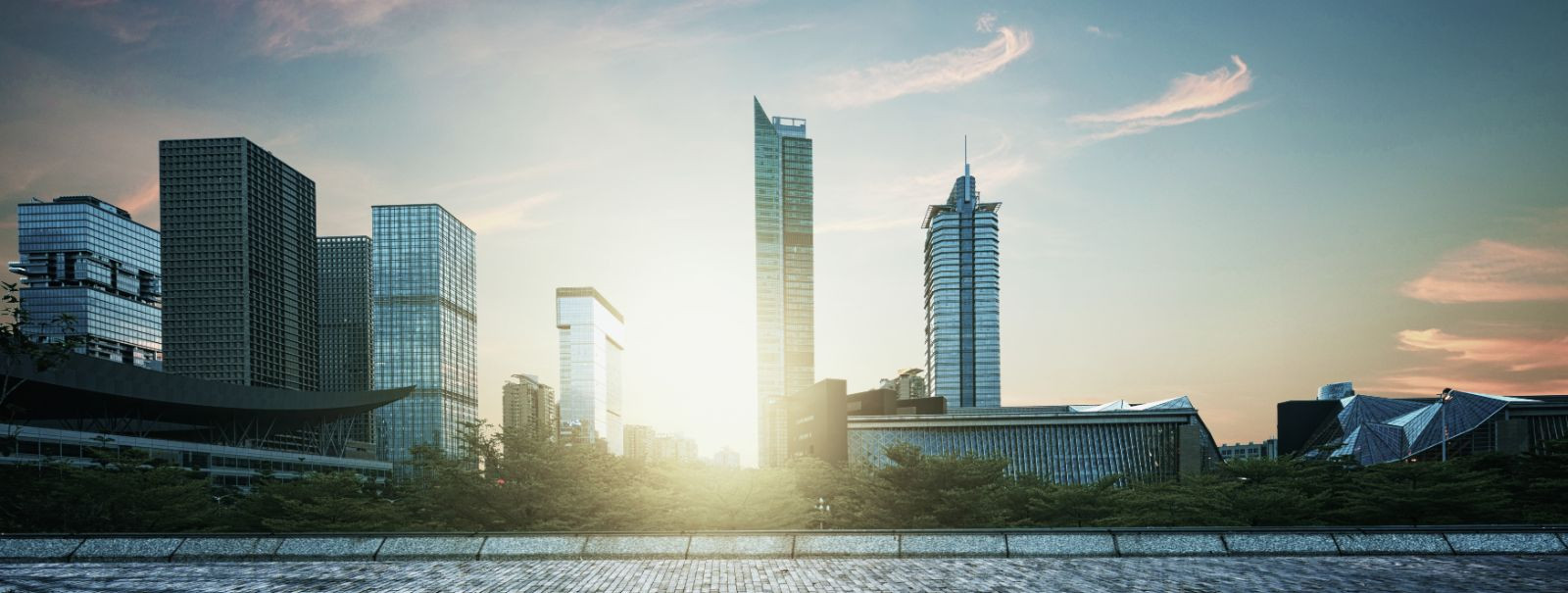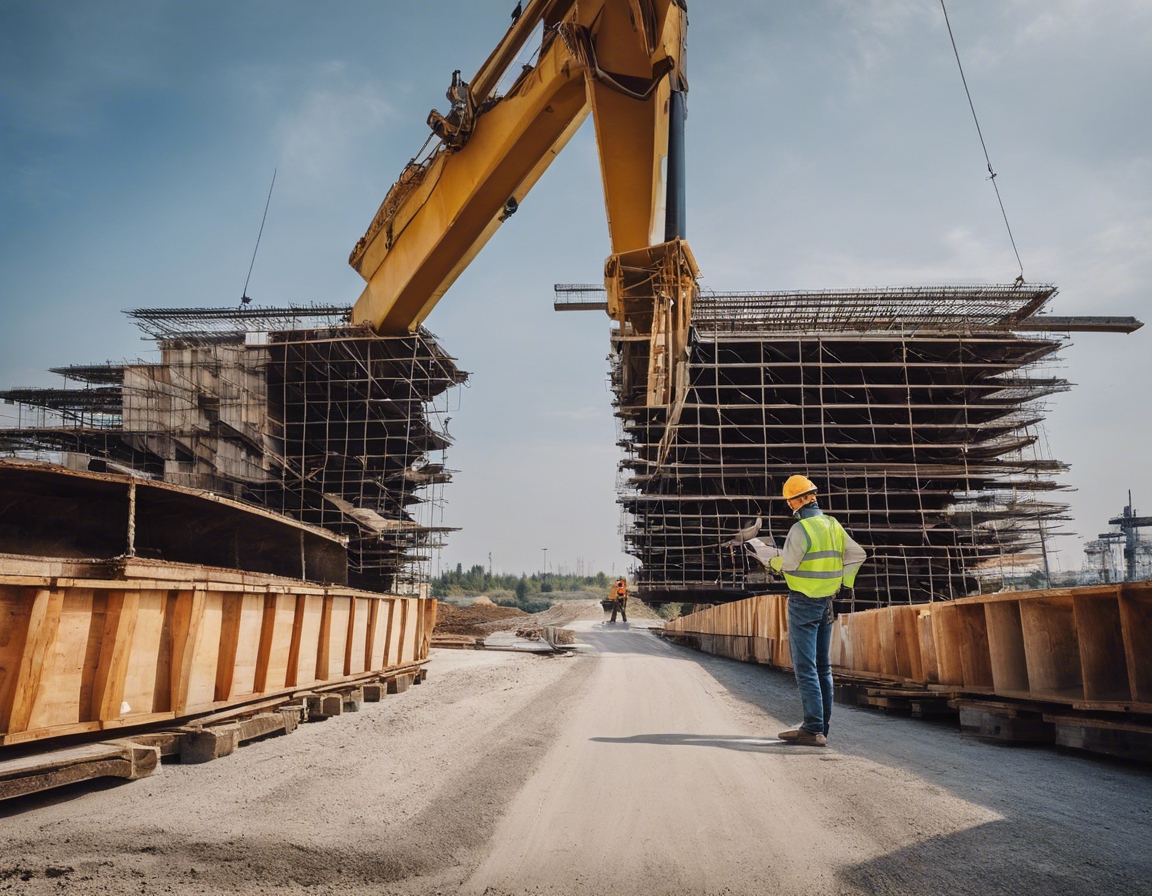Engineering the roads of tomorrow: innovations in infrastructure
As we stand on the cusp of a new era in transportation, the roads we travel are set to undergo transformative changes. The need for advanced roads is driven by a growing global population, increased urbanization, and the relentless pursuit of efficiency and sustainability. However, modern road engineering faces numerous challenges, including environmental concerns, budget constraints, and the need to integrate with emerging technologies.
Technological Advancements in Road Construction
Materials science has revolutionized the construction industry with the development of smart materials. These materials, such as self-healing asphalt and high-performance concrete, offer increased durability and reduced maintenance costs. They are engineered to respond to environmental changes and wear, ensuring a longer lifespan for road infrastructure.
The integration of automation and robotics in road construction is streamlining processes and enhancing precision. From automated pavers to drones for surveying, these technologies are reducing human error and accelerating project timelines.
Advanced design software and simulation tools allow engineers to visualize and test road designs under various conditions before the actual construction begins. This predictive approach minimizes risks and enables more efficient use of resources.
Sustainable and Eco-Friendly Practices
The shift towards sustainability has led to the adoption of green materials in road construction. Recycled plastics, rubber from tires, and other sustainable composites are being used to reduce the environmental footprint of new roads.
Effective water management is crucial for the longevity of road infrastructure. Permeable pavements allow water to seep through, reducing runoff and preventing flooding. This technology also replenishes groundwater and mitigates the urban heat island effect.
Roads of the future may serve as more than just pathways for vehicles; they could become sources of energy. Innovations like piezoelectric materials that generate electricity from the pressure of passing vehicles are being explored to harness energy from our roadways.
Intelligent Transportation Systems (ITS)
Intelligent Transportation Systems (ITS) are revolutionizing traffic management through real-time data collection and analysis. These systems optimize traffic flow, reduce congestion, and improve safety.
V2I communication is a cornerstone of the smart transportation ecosystem. By allowing vehicles to communicate with road infrastructure, V2I technology enables a more responsive and adaptive transportation network.
Adaptive lighting and digital signage are enhancing road safety and efficiency. These systems adjust to real-time conditions, such as traffic density and weather, to provide optimal visibility and information to drivers.
Future Trends and Predictions
The rise of autonomous vehicles necessitates a rethinking of road infrastructure. Roads will need to be equipped with sensors and other technologies to accommodate self-driving cars and ensure seamless integration into the traffic system.
3D printing technology holds the potential to revolutionize road construction by enabling rapid prototyping and construction of complex structures. This could lead to more creative and efficient use of materials and space.
As electric vehicles become more prevalent, the concept of wireless charging roads is gaining traction. These roads would allow EVs to charge while in motion, addressing range anxiety and paving the way for a cleaner transportation future.






Comments (0)